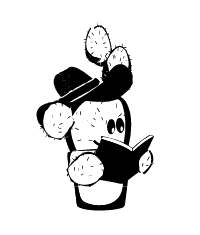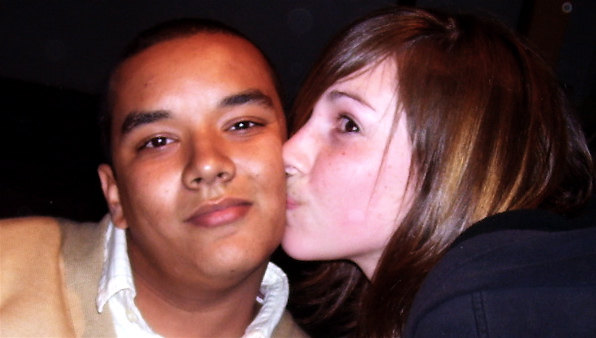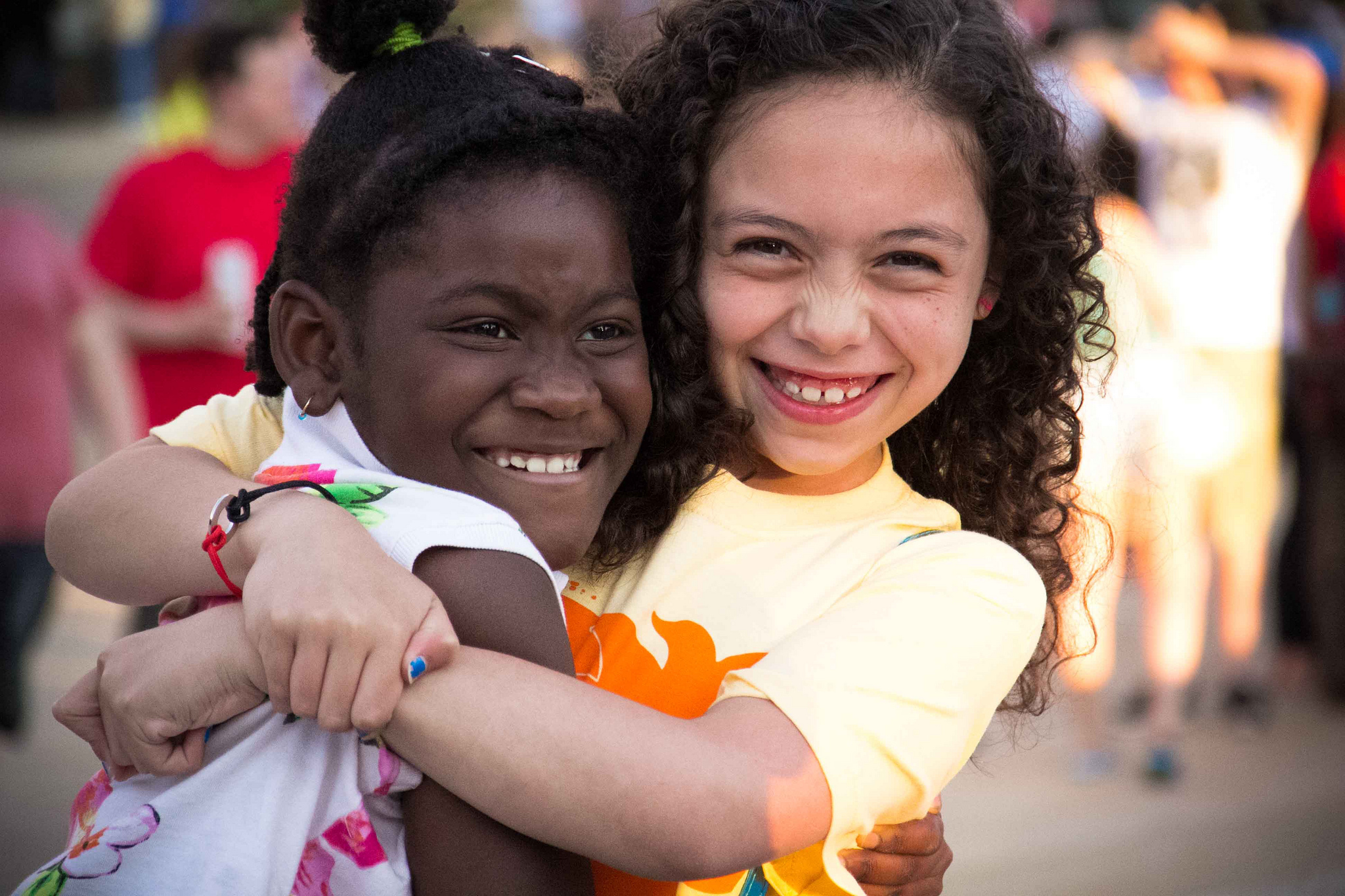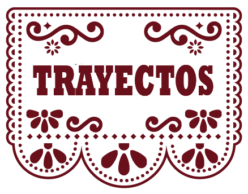 Los saludos en el mundo (world)
Los saludos en el mundo (world)
I. Antes de leer (Before you read) How do people greet each other in the US? Are there different ways of greeting people? Do people ever kiss when they greet? Write a couple of ideas.
II. A leer (Let’s read) This is your first reading in Spanish. Don’t be afraid: The text talks about different kinds of greetings, and it is short! Rely on cognates and the images provided to read it. Have a look at the information presented. ¿Son los saludos en América Latina similares a los Estados Unidos? ¿Son los saludos similares en América Latina y en España?
Los saludos en el mundo (world)[1]
El saludo es una forma de comunicación, de introducir a una persona con otra (another). El saludo más común en todo el mundo es el apretón de manos.  [2]. Saludar y dar la mano es mundialmente aceptado. En los Estados Unidos y Canadá, el saludo más usado es el apretón de manos, a nivel social y laboral. A nivel familiar, se puede (can) usar el beso
[2]. Saludar y dar la mano es mundialmente aceptado. En los Estados Unidos y Canadá, el saludo más usado es el apretón de manos, a nivel social y laboral. A nivel familiar, se puede (can) usar el beso  [3] como forma de saludo, para su pareja (your partner) o cónyuge (spouse) y la familia. Entre amigos (friends) es común el abrazo
[3] como forma de saludo, para su pareja (your partner) o cónyuge (spouse) y la familia. Entre amigos (friends) es común el abrazo  . [4]
. [4]
En América del Sur, predomina el carácter latino y social del saludo, y los besos en una mejilla (on one cheek) son los saludos más comunes, incluso entre (even among) los hombres (men), entre amigos y familia.
En los contextos formales, es común el apretón de manos. En España, los besos son muy habituales en los saludos, no solo (only) en el contexto social o familiar, sino que también (but also) en el laboral. Por ejemplo, no es difícil ver (to see) a la Reina (queen) de España dando (giving) dos besos a una persona que ha obtenido una medalla (has been awarded a medal). Los dos besos (un beso en cada [each] mejilla) son la norma.
[1] Modified from https://www.protocolo.org/social/presentar-saludar/el-saludo-en-los-distintos-paises-del-mundo-besos-abrazos-dar-la-mano-.html, licensed under CC BY-SA 4.0. [2] Licensed under public domain. [3] By Lowndes [Public domain], from Wikimedia Commons. [4] By Steven Depolo, licensed under CC BY 2.0.
III. Después de leer (After you have read)
Actividad A. ¿Son los saludos en América Latina similares a los Estados Unidos? ¿Son los saludos similares en América Latina y España? ¿Cuáles son las similitudes y diferencias entre los Estados Unidos y el mundo hispano? You can answer these questions in English.
Actividad B. What is the main idea of this text? What kind of information is the author conveying? Why is it important to know this information?
Actividad C. Why do you think the writer decided to include the example of the Queen of Spain? What idea are they trying to convey?
Actividad D. Read the text again and find five cognates. What new words have you learned?

